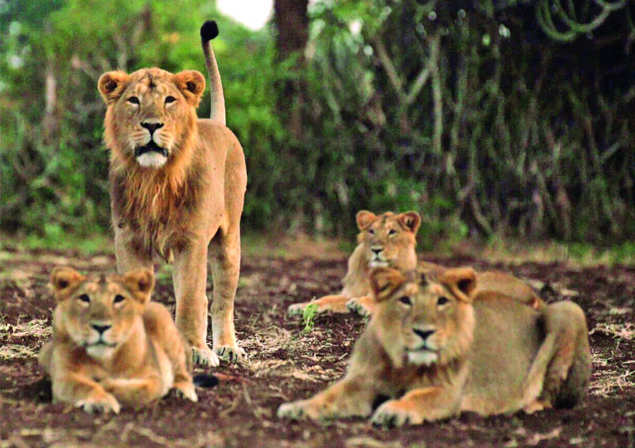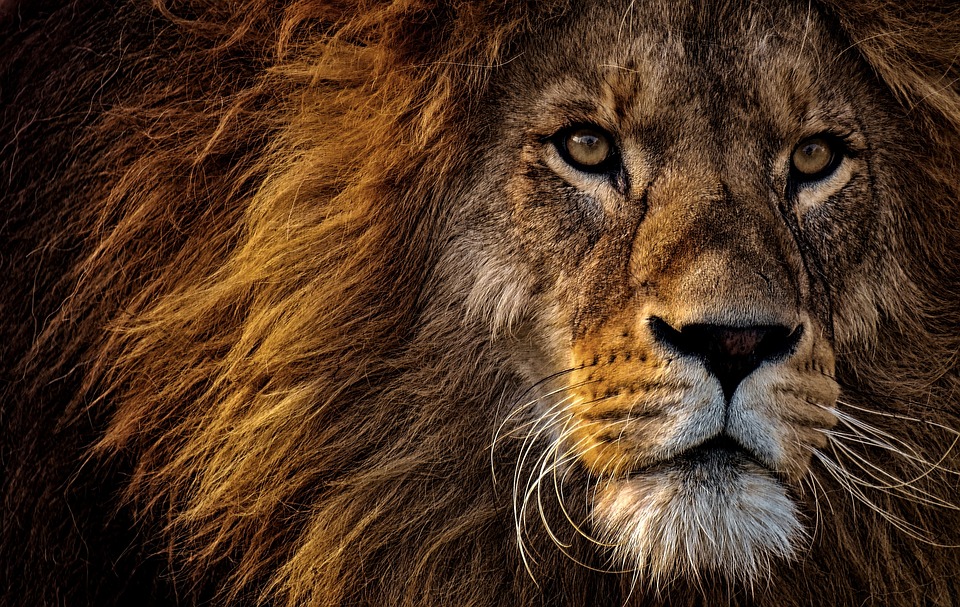 An Asiatic lion lies subsequent to a measuring scale throughout a photocall at London Zoo on August 22, 2019. (Picture: ISABEL INFANTES/AFP through Getty Pictures)
An Asiatic lion lies subsequent to a measuring scale throughout a photocall at London Zoo on August 22, 2019. (Picture: ISABEL INFANTES/AFP through Getty Pictures)
THE world’s oldest zoo has been shut to the general public for the primary time since World Conflict Two, as UK is underneath lockdown to fight the coronavirus pandemic.
London Zoo, opened to scientists in 1828 and to the general public in 1847, is likely one of the British capital’s most-loved sights, however like every part else within the metropolis it has been impacted by the continuing disaster, elevating concern in regards to the animals’ welfare.
The zoo is house to about 18,000 animals. Thus, in contrast to a museum or an artwork gallery, it’s not only a case of locking the doorways.
Captive animals are needy, whether or not huge beasts resembling lions, gorillas, zebras and giraffes or the Madagascan hissing cockroaches, or every part else in between.
It’s a pricey, and labour-intensive, enterprise, and with out the income from every day tickets gross sales—value £27.eight million kilos final yr from London Zoo and ZSL’s Whipsnade Zoo—a protracted shutdown is a nightmare state of affairs.
Add within the logistical issues posed for the small military of zookeepers, vets, safety and floor employees (none categorised as key staff) in attending to the Regents Park website, in the event that they haven’t been pressured to self-isolate, and it’s unsurprising London Zoo is interesting for donations.
“Ordinarily, we’re completely reliant on public assist, so with out individuals coming via the gates the earnings isn’t coming in,” ZSL’s chief working officer, Kathryn England, informed Reuters.
“We’re actually having to search out different methods for individuals to point out their assist for us and donate as a substitute.
“What’s essential is that we’ve been planning for this, in order that we will ensure that our employees can preserve coming in and placing the well being and welfare of our animals first,” she stated.
“Our animals eat lots and we’ve to verify our provide chains proceed, with top-quality meals. Whether or not that’s fruit and veg from Covent Backyard, or meat, we want a steady provide.”
To make sure they will get to work, most of the zoo‘s 50 every day employees have opted to stay within the zoo‘s Lion Lodges that often home in a single day visitors experiencing a “zoo sleepover”.
“They aren’t categorised as key staff however they’re completely important to us,” England stated.
“They’re a group of astonishingly devoted employees,” she stated. “Some are staying on website to verify the animals get the care they want. We’d like to verify we’ve all of the employees in.”
To safeguard the well being of the animals, zookeepers put on protecting clothes, resembling face masks and gloves.
With no crowds wandering round, some may recommend the animals might be having fun with some uncommon peace and quiet. However that additionally brings challenges.

“The zookeepers are usually not solely feeding them, mucking them out but additionally offering the enrichment that they want as nicely as a result of that is very completely different atmosphere that they’re in with no guests,” England stated.
“The large cats don’t appear to be bothered in any respect, like Bhanu our huge lion. He’s simply lounging round within the solar. However the pigmy goats and penguins are a bit confused.”
Whereas England is assured the shutdown is not going to endanger any of the animals, she stated the lack of income was one of many largest challenges the zoo has confronted.
“The (public’s) response has been overwhelming to this point, however we’re a charity and, in a very good yr, we’d have a million individuals coming via the gates.
“We’re actually lacking the crowds and we actually need individuals to assist us via our web site (https://www.zsl.org/zsl-london-zoo).”
(Reuters)
https://thewhitworthgazette.com/2020/03/26/london-zoo-home-to-18000-animals-appeals-for-donations






